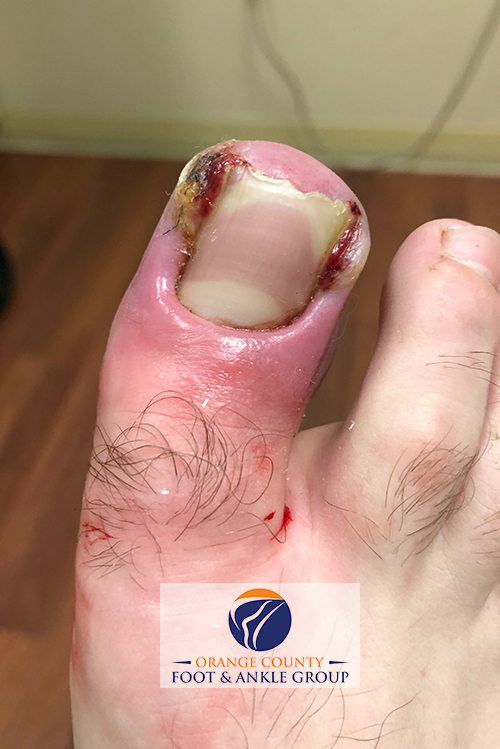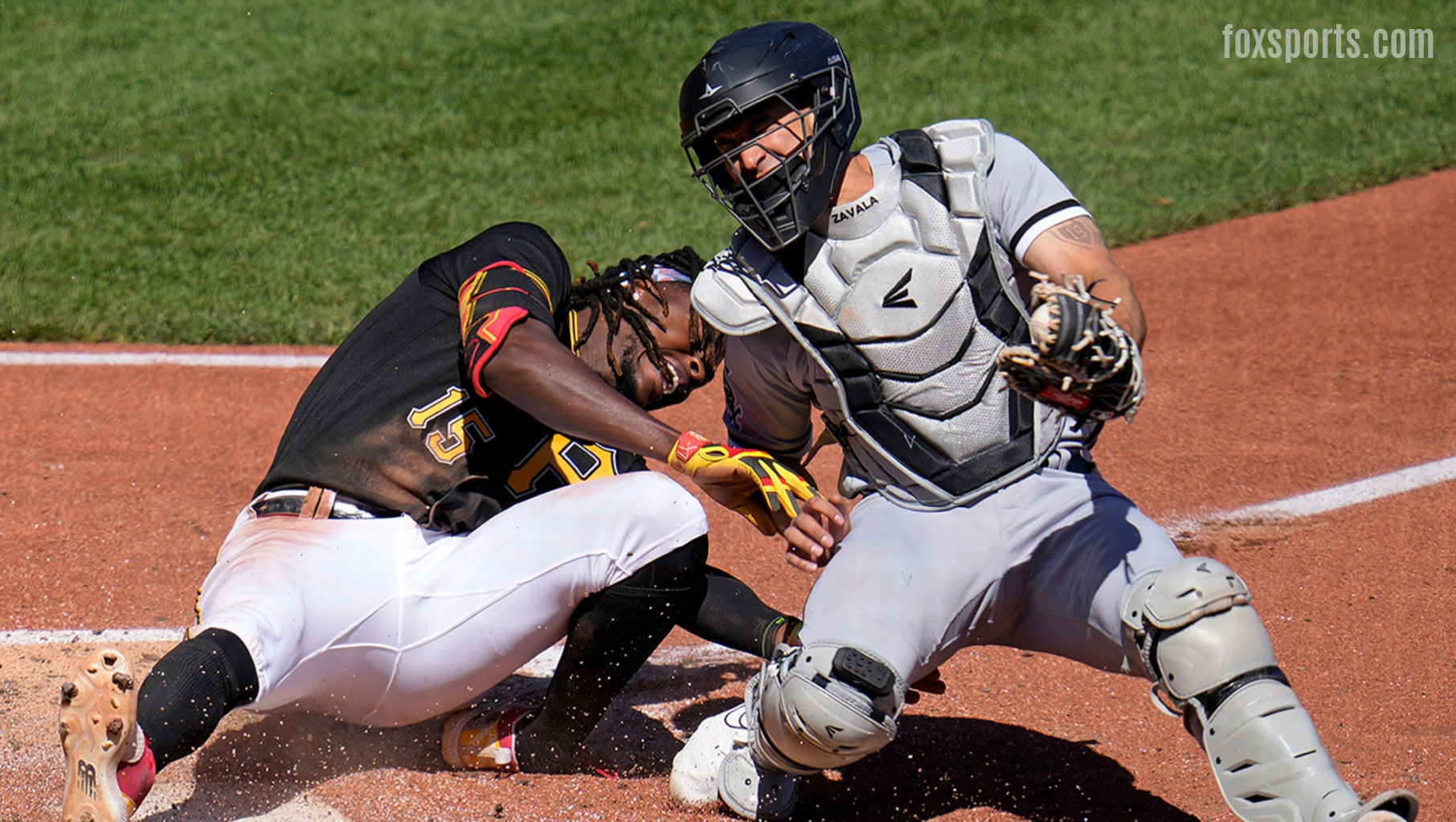Ingrown Toenails in Athletes: Prevention and Management
Studies suggest the prevalence of ingrown toenails among athletes. According to a study published in the Clinical Journal of Sports Medicine, approximately 35% of athletes experienced ingrown toenails. The condition is more prevalent among runners due to their repeated foot movements.
Repetitive trauma and pressure on the toes are unavoidable in sports and athletic activities. In other words, athletes are prone to developing ingrown toenails. Hence, it is crucial for athletes to minimize the risk factors that contribute to painful conditions and affect their performance.

Ingrown toenail surgery can be an effective treatment to prevent the recurrence of severely painful conditions. However, proper preventative measures are equally effective in minimizing the occurrence of ingrown toenails. Athletes need to understand the underlying causes and take proactive steps to keep their feet in top condition. Today’s post highlights the crucial strategies for prevention and management that can help athletes to keep their feet healthy and comfortable and free from the potential setbacks caused by ingrown toenails.
Why do athletes frequently get ingrown toenails?
Studies revealed that athletes are more prone to developing ingrown toenails. Several factors related to their intense physical activities and the stress placed on their feet contribute to their increased likelihood to get ingrown toenails.
Repetitive Foot Movements: Running, jumping, pivoting, or quick changes in direction increase pressure on the toes, increasing the likelihood of causing an ingrown toenail.
Tight-Fitting Footwear: Snuggly-fit footwear is good for performance and stability. However, tight or narrow shoes compress the toes and cause ingrown toenails.
Trauma and Impact: High-impact activities can result in trauma to the toes. Repetitive trauma can even damage or dislodge the nails making them more prone to ingrown toenails.
Excessive Sweating: Excessive sweat and moisture around the feet soften the skin and make it more susceptible to cause ingrown toenails.
Poor Foot Hygiene: Rigorous training routines might not involve proper foot hygiene. Inappropriate ways of washing, drying, and moisturizing the feet increase the chances of ingrown toenails.
Prevention of ingrown toenails
Maintaining foot health is of paramount importance for athletes. Ingrown toenails can cause disruptions in training and affect performance levels during competitive activities. Hence, athletes must employ several prevention strategies and minimize the occurrence of ingrown toenails.
Nail care
A study published in the Journal of the American Podiatric Medical Association found that improper nail trimming was a significant factor among athletes suffering from ingrown toenail development.
Good nail hygiene is the key to preventing the risk of ingrown toenails. Following are some useful tips for nail care
-
- Trim the nails straight across
- Avoid excessively short nails
- Prevent nails from digging into the skin
Moisture control
Moisture trapped around the toenails can contribute to the problem. One can consider the following prevention strategies to reduce the risk of conditions that elevate from moisture:
- Wear moisture wicking socks to prevent sweating
- Feet should be dried immediately after training in a damp environment
- A proper hygiene regime should be followed to keep the feet clean and dry
Well-fitted footwear
Tight or narrow footwear increases the likelihood of ingrown toenails. One can consult a podiatrist for footwear guidance. The following prevention strategies can be of great help for ingrown toenails:
- Choose shoes with adequate toe room
- Avoid shoes that cause compression
- Crowding of toes should be avoided
- Features like cushioning and shock absorption
- Replacement of worn-out shoes
Podiatrist consultations
Getting expert advice is a proactive prevention strategy for athletes. Athletes should seek routine guidance from podiatrists to prevent foot related issues including ingrown toenails:
- Guidance on appropriate nail care
- Guidance on footwear fit and replacement
- Techniques to manage foot moisture
- Advise on foot hygiene practices
Athletes should be mindful of their training methods to avoid excessive stress or trauma to the feet. Athletes should educate themselves with the help of an experienced podiatrist about preventive strategies and the factors that contribute to the development of ingrown toenails.
Management of ingrown toenails
Despite preventive measures, foot related complications are common among athletes. Hence, they should understand the significance of timely and appropriate management. A podiatrist not only offers sports injuries treatment but can also offer top-notch medical care to alleviate pain and prevent complications of ingrown toenails. Below are the common aspects of the management of ingrown toenails
Surgical and non-surgical interventions
Conservative treatment of ingrown toenails includes soaking the foot in warm water with Epsom salt. It is essential to seek immediate medical attention if the symptoms begin to get worse.
Antibiotics and sterile dressings can help mild to moderate conditions, whereas, for severe and recurring ingrown toenails, surgical interventions become necessary. Depending on the severity, a podiatrist can recommend either partial nail avulsion or total nail avulsion. Removing the affected nail provides long-lasting relief and prevents future complications.
Professional foot care
Podiatrists are foot specialists hence athletes should consult immediately for appropriate guidance and conservative treatments. Professional care is also beneficial due to the tailored recommendations based on the specific needs of athletes.

Rehabilitation and recovery
Proper rehabilitation protocols are also crucial for the effective management of ingrown toenails. One must allow sufficient time for recovery because sports activities can increase the risk of complications or recurrence.
For instance, following the postoperative care instructions and attending follow-up appointments should be done with total dedication. Strict adherence to the recommended rehabilitation process is crucial for optimal healing.
Conclusion
Ingrown toenails pose a significant challenge for athletes as delay in treatment might impact their performance and overall foot health. If you are an athlete, implement the above listed preventive measures to reduce the risk of ingrown toenails. Those who are dealing with recurring ingrown toenails might consider surgical intervention. Ingrown toenail surgery is not only effective in alleviating pain but it also prevents the recurrence of painful conditions.
Prioritize your foot health and maintain a competitive edge by scheduling an appointment at Orange County Foot and Ankle Group. Podiatrists here are highly experienced and recognized for their tailored treatment plan for sports injuries treatment, ingrown toenail surgery and laser toenail fungus removal.